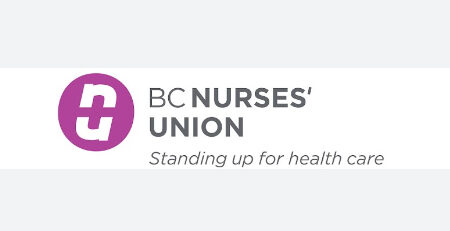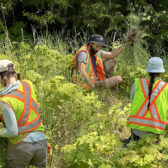Peak level peaks early on Kootenay Lake
The peak lake level on Kootenay Lake has followed the commencement of the spring rise, with both coming earlier than normal.
The International Kootenay Lake Board of Control (IKLBC) stated earlier this week that, although inflows to Kootenay Lake peaked on May 17, the lake reached its 2024 peak elevation of 1,745.67 feet (532.08 metres) on June 4 at Queens Bay.
“The level peak was close to the 1976-2023 average; however, it occurred about a week earlier than usual,” noted Martin Suchy, IKLBC Canadian secretary.
Despite the earlier peak, IKLBC Kootenay Lake operations have complied with the International Joint Commission’s (IJC) 1938 Order of Approval throughout the spring and into summer. The lake level peak occurred in early June and then decreased to current levels.
“During the freshet, lake releases were limited by the natural constriction at Grohman Narrows,” said Suchy, noting that on June 26 Kootenay Lake, as measured in Nelson, dropped below 1,743.32 feet (531.36 metres).
He said that based on the 1938 Order of Approval Kootenay Lake levels will be kept below 1,743.32 feet until Aug. 31, while control of the lake level will fluctuate between Corra Linn Dam and Grohman Narrows.
That will change Sept. 1, when the upper limit for the Kootenay Lake level will increase to 1,745.32 ft.
The commencement of the spring rise on Kootenay Lake (April 16) was the earliest it has occurred in seven years, and two weeks earlier than 2023. The early entry was attributed to sustained higher temperatures at higher elevations.
“The local snowpack has shown signs of melting and a recent increase in Kootenay River flow has been observed,” Suchy said at the time.
The proclamation — issued after consultation with FortisBC — for purposes defined in the 1938 International Joint Commission Order on Kootenay Lake, stated that the maximum allowable level of Kootenay Lake will now be calculated based on the “lowering formula defined in the Order until the lake returns to an elevation of 1,743.32 feet as measured at Nelson … on the recession limb of the snowmelt hydrograph (sometime in the summer).”
Kootenay Lake at Queen’s Bay reached its minimum daily average elevation of 1,739.22 feet (530.11 meters) for the year on April 13-14, 2024.
Spring sprang
Despite an initial low snowpack — currently sitting at 79 per cent of normal in the West Kootenay —through the first three months of 2024, FortisBC “remains in compliance with the IJC Order of Approval for Kootenay Lake and is prepared for the beginning of the spring freshet,” said Martin Suchy, Canadian secretary for the IKLBC.
He said the late winter and early spring hydrological conditions in the Kootenay Lake watershed were shown to be below average this year.
Suchy said the U.S. Department of Agriculture’s Natural Resource Conservation Service (NRCS) is reporting similar percentages across the region, at 82 per cent of the 30-year period of record normal in the Kootenai Basin.
In Control
The International Kootenay Lake Board of Control oversees the operation of Corra Linn Dam to manage water levels in Kootenay Lake, while Fortis BC is the dam’s owner/operator.
The web-based Kootenay Lake visualization tool is available for people to investigate Kootenay Lake conditions in dry, normal and wet years. The link is here.
Information on the IJC 1938 Order of Approval for Kootenay Lake can be found here (the lowering formula is referenced on page four in item 2, part 6).
Real-time Kootenay Lake levels can be found at the FortisBC website.

























